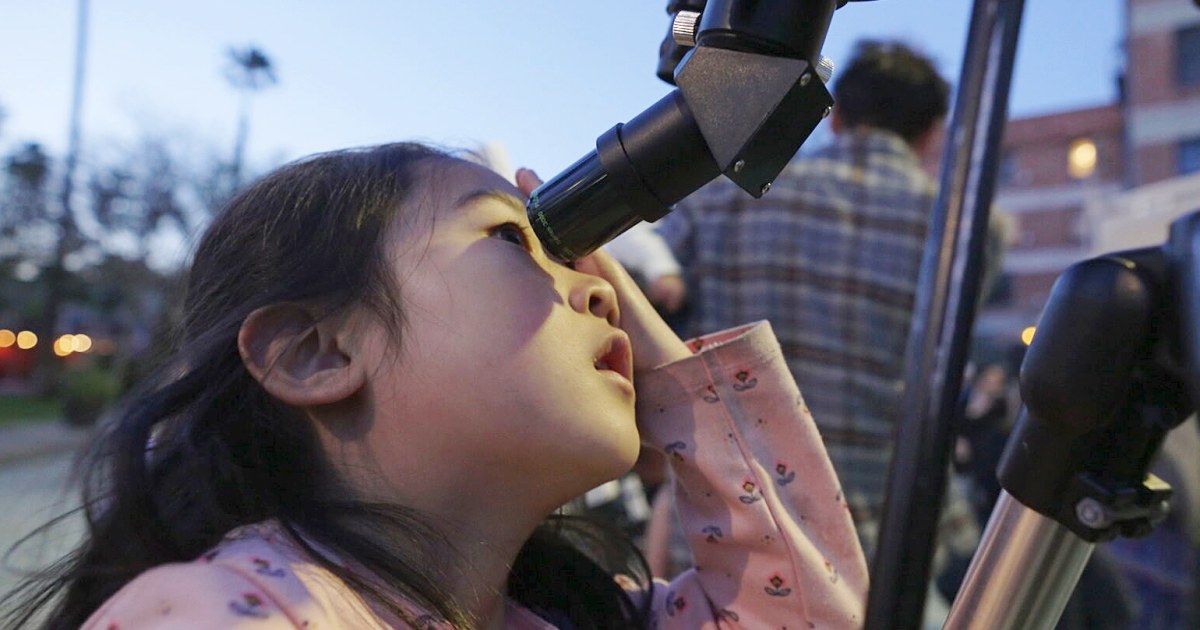
CBCT
CBCT stands for Cone Beam Computed Tomography, which is a medical imaging technique used in space and astronautical engineering to produce 3D images of the head and neck region. CBCT uses a cone-shaped X-ray beam that rotates around the patient to capture multiple images from different angles. These images are then reconstructed into a 3D model using computer algorithms. CBCT is particularly useful in space medicine for diagnosing and treating dental and maxillofacial conditions, as well as for planning and monitoring orthodontic and surgical procedures. CBCT is also used in astronautical engineering for designing and testing space suits and helmets, as well as for evaluating the effects of microgravity on the head and neck region.
Your Previous Searches
Random Picks
- Grounding: Grounding in space and astronautical engineering refers to the process of connecting an electrical circuit to the ground. This is done to prevent electrical shock, protect equipment from lightning strikes, and ensure proper functioning of t ... Read More >>
- Psychological Training: Psychological Training in space and astronautical engineering context refers to the process of preparing astronauts and space crew members to cope with the psychological challenges of spaceflight. This includes training in stress management ... Read More >>
- Mission Requirements: Mission requirements refer to the set of specifications and criteria that a space mission must meet in order to achieve its objectives. These requirements are determined based on the scientific goals of the mission, as well as the technical ... Read More >>
Top News

Easter's date remains divisive. Some church leaders want that to change...
Eastern and Western churches will celebrate Easter on the same day this year, while marking 1,700 years since the Council of Nicaea unified Christian doctrine...
News Source: ABC News on 2025-04-19

In a city of stars, Los Angeles astronomy club makes sure to keep looking up...
LOS ANGELES — While Los Angeles is home to the biggest stars in the world, a monthly get-together is proving that the city’s rich and famous have nothing on the universe....
News Source: NBC News on 2025-04-18

This week on "Sunday Morning" (April 20)...
A look at the features for this week's broadcast of the Emmy-winning program, hosted by Jane Pauley....
News Source: CBS News on 2025-04-17

Scientists detect strongest hints yet of life on a distant planet...
Scientists have detected unique chemical patterns similar to those produced by the Earth's algae and seaweed — raising the possibility of the presence of a warm ocean, perhaps teeming with life, on ...
News Source: NBC News on 2025-04-17

Is there life on another planet? Scientists find the strongest evidence yet...
Near a planet far, far away astronomers have found traces of chemicals that on Earth are only produced by living beings....
News Source: Al Jazeera English on 2025-04-17